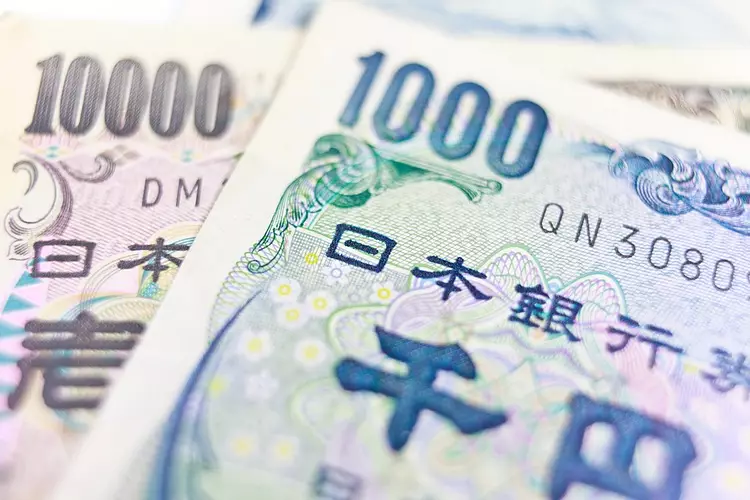The Japanese Yen (JPY) has long served as a critical indicator of economic health not only within Japan but also in the broader global marketplace. Current fluctuations in the Yen’s value bring to light the complex interplay of domestic monetary policy, political developments, and international market sentiment. For traders and investors, understanding these factors is crucial in navigating the unpredictable currency landscape.
Recent insights from the Bank of Japan (BoJ) have revealed that the central bank plans to pursue gradual interest rate increases if its economic and forecast metrics indicate a compelling need. However, skepticism prevails surrounding the feasibility of such increases, largely due to the current political climate in Japan. Investors are questioning whether the BoJ can effectively execute its plans amidst political uncertainty, keeping the Yen under pressure.
Furthermore, the hawkish perspective offered by BoJ officials, including Governor Kazuo Ueda’s recent comments, has had a temporary uplift on Yen value. Despite these signals, the broader market sentiment appears to favor risk-on assets, which often leads to diminished interest in safe-haven currencies like the JPY. The irony here is palpable: even as the BoJ hints at tighter monetary policy, the Yen struggles to find footing.
The Impact of External Political Developments
The recent performance of the US Dollar (USD) further complicates the situation for the Yen. Following initial exit polls in the US elections that suggested a potential lead for Donald Trump, the USD experienced a significant upsurge. This political development has ramifications not just for currency pairs involving the Dollar, but also for the Yen. As the USD strengthens, propelled by speculation on future policies including inflationary tariffs and increased government spending, the allure of the lower-yielding Yen diminishes.
This dichotomy reflects a broader trend in currency valuation, where geopolitical events often overshadow economic fundamentals. As market participants anticipate a prolonged risk-on environment, the potential for further EUR/USD fluctuations becomes apparent. The Yen’s inability to capitalize on the recent BoJ data attests to this phenomenon—the currency’s trajectory increasingly aligns with global risk sentiment rather than merely domestic economic indicators.
Analyzing the USD/JPY currency pair from a technical standpoint reveals critical levels for traders. The USD/JPY pair recently hovered around the 153.00 mark, with potential upward resistance identified near 153.35-153.40 and 154.60-154.70. These levels serve as crucial benchmarks in discerning future movement for traders looking to capitalize on the JPY’s fluctuations.
Moreover, should the pair break beneath the psychological 150.00 threshold, there resides a danger of a deeper decline, potentially shifting sentiment from bullish to bearish. Such movements highlight the importance of closely monitoring both technical patterns and broader economic signals. As oscillators on daily charts remain in positive territory, traders must tread carefully, weighed down by geopolitical uncertainties and domestic policy concerns.
The Yen remains one of the most traded currencies globally, with its value heavily influenced by Japan’s economic performance and BoJ policy decisions. The central bank’s focus on currency control plays a pivotal role in Yen valuation, often leading to interventions that can either heighten or suppress its value. Historically, the BoJ’s loose monetary policies have contributed to a depreciation of the Yen relative to its peers.
As Japan potentially edges towards a phase of monetary normalization, the Yen may yet regain strength provided it can shake off the negative weight of political uncertainty and market sentiment. However, this will require keen navigation by the BoJ as it balances its dual mandates of fostering recovery and maintaining currency stability.
Overall, the current market dynamics surrounding the Japanese Yen illustrate a complex tapestry woven from domestic policy, international political developments, and investor sentiment. As the BoJ signals a potential shift in monetary policy, traders must remain vigilant and discerning, recognizing that the path ahead for the Yen is fraught with both opportunities and pitfalls. A comprehensive understanding of these interlinking factors is paramount as one navigates the intricate world of currency trading in today’s environment. The volatile nature of both domestic and geopolitical landscapes will undoubtedly continue to influence the Yen’s trajectory in the foreseeable future.

